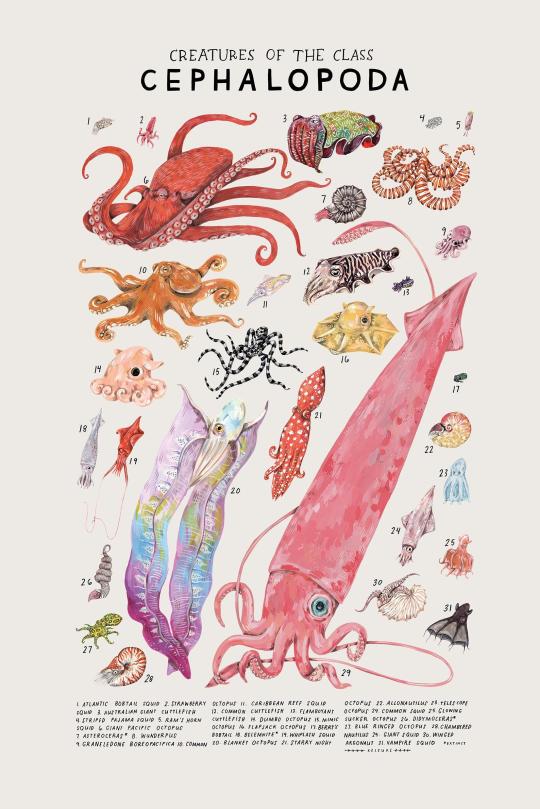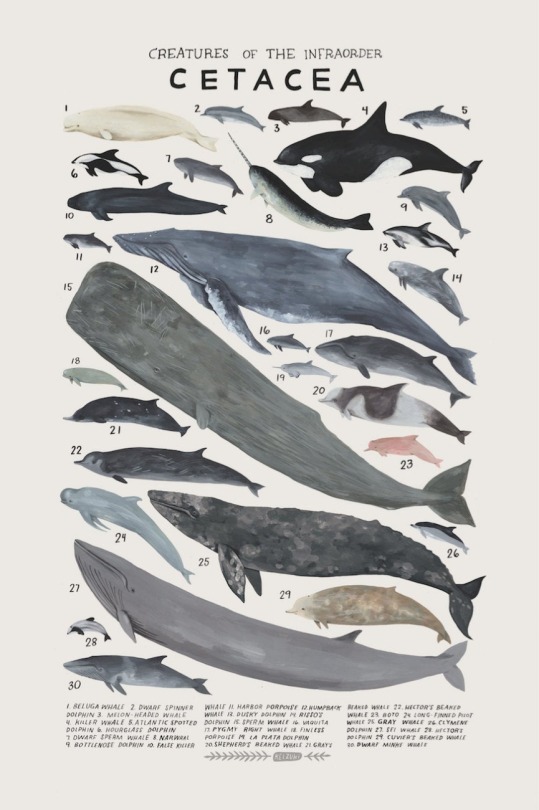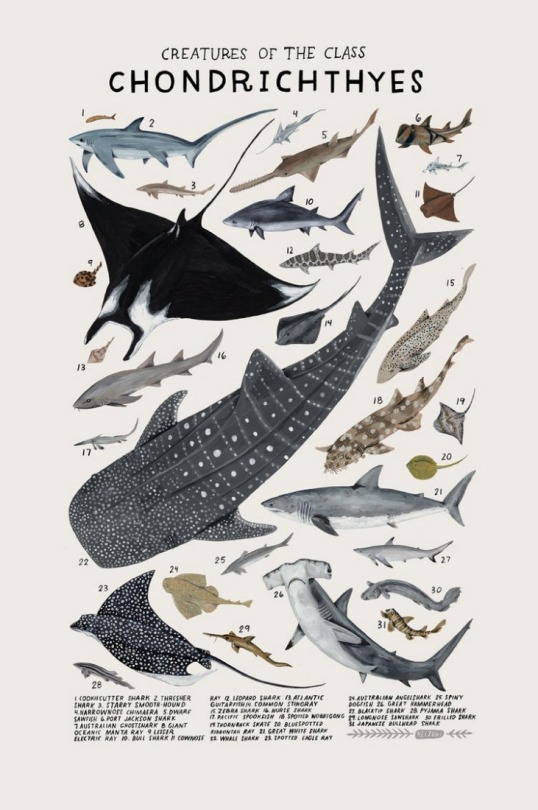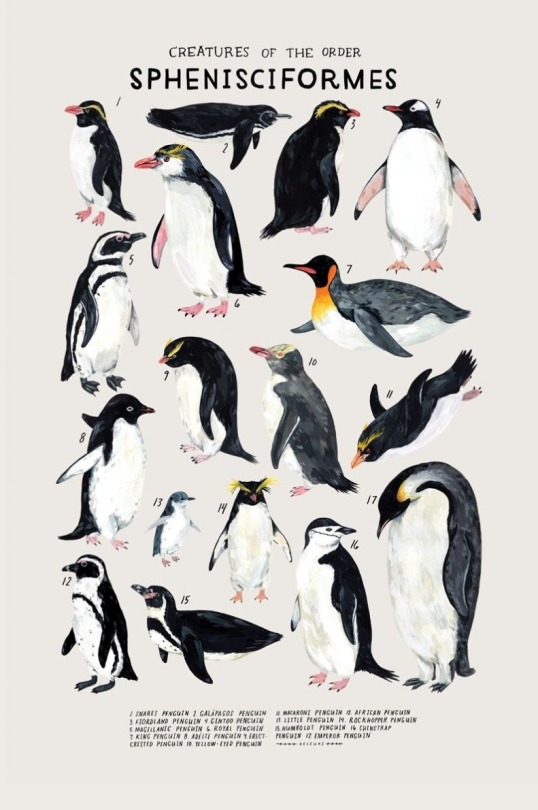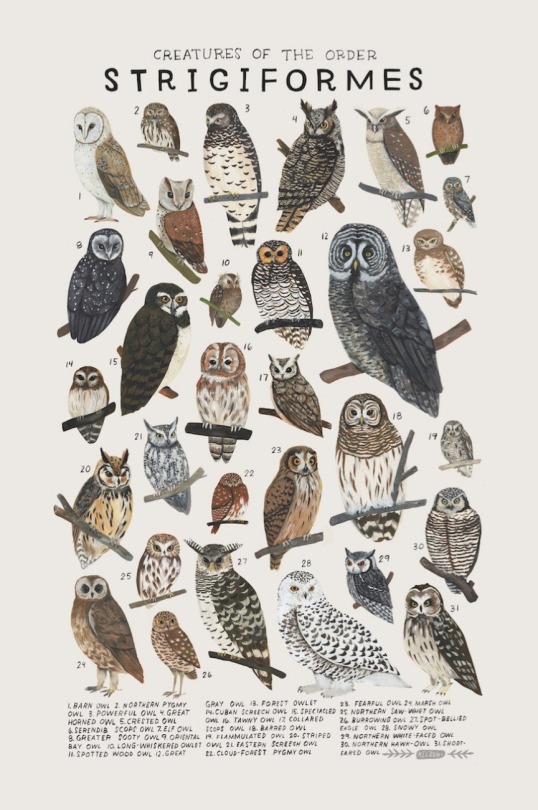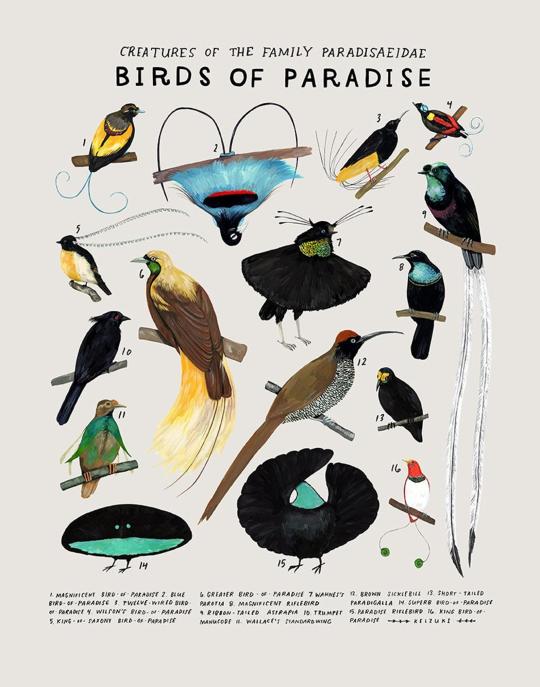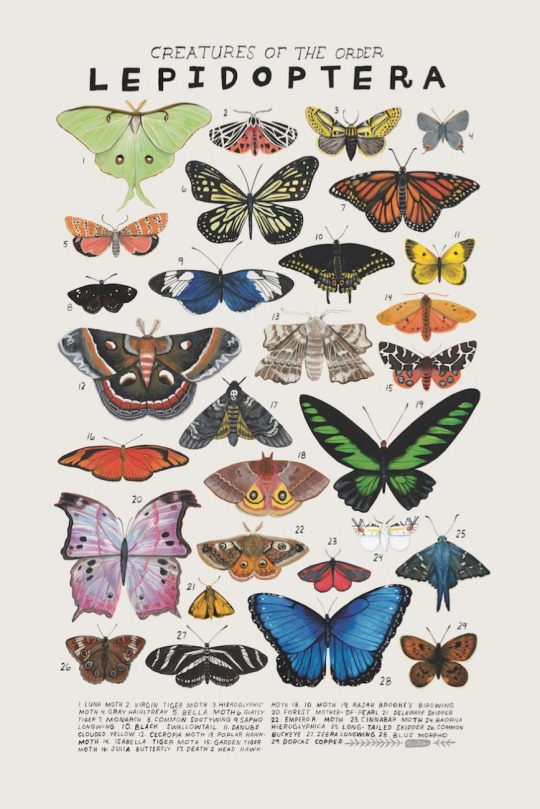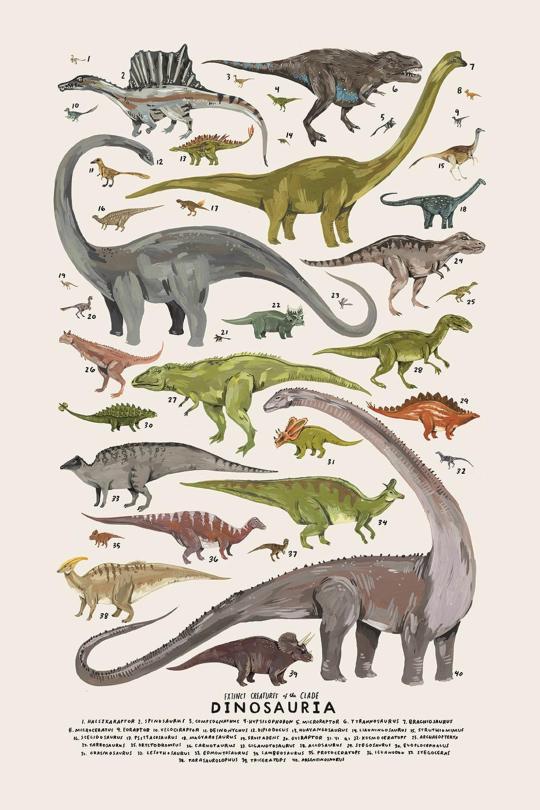Text
The long wavelengths of the light spectrum—red, yellow, and orange—can penetrate to approximately 15, 30, and 50 meters (49, 98, and 164 feet), respectively, while the short wavelengths of the light spectrum—violet, blue and green—can penetrate further, to the lower limits of the euphotic zone. Blue penetrates the deepest, which is why deep, clear ocean water and some tropical water appear to be blue most of the time. Moreover, clearer waters have fewer particles to affect the transmission of light, and scattering by the water itself controls color. Water in shallow coastal areas tends to contain a greater amount of particles that scatter or absorb light wavelengths differently, which is why sea water close to shore may appear more green or brown in color.
Follow @scienceisdope for more science and daily facts.
Video credit: Kendall Roberg
41K notes
·
View notes
Text
Seems Tumblr reinvented Have you Ever so..
6 notes
·
View notes
Text
3K notes
·
View notes
Text

Facing the Sun(nie)


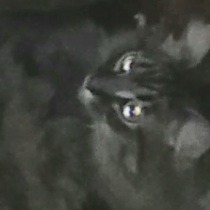









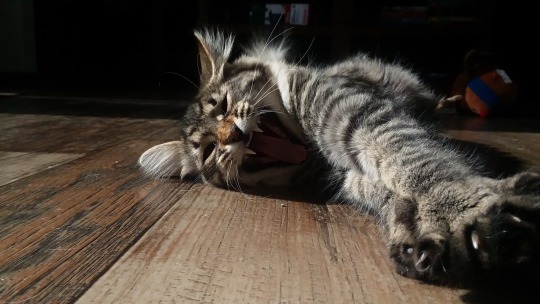







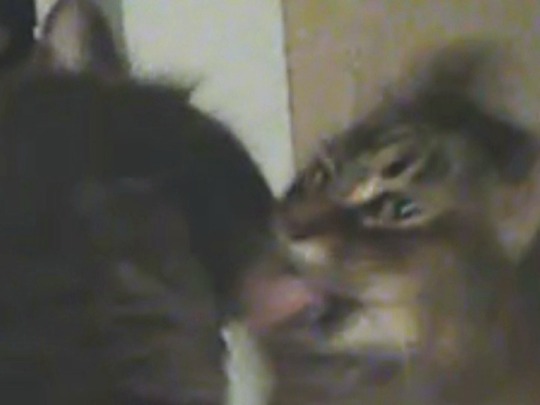









(she/her) Feel free to meme, art, and emoji-fy Sunnie to your hearts desired, and tag me in your creations if youd like!
508 notes
·
View notes
Text



Dang, imagine being so good at protecting yourself that you become a talisman of protection for another creature.
23K notes
·
View notes
Note
So, earth has gone through major extinction events before, right, and at least one was extreme heat related. With that in mind, but also with how quickly temperatures are soaring, will Earth recover from global warming as caused by human actions? Or will the Earth's water go like Mars' and/or keep temps increasing to a point where all multicellular life on earth dies off?
News in Europe has me scared, ngl, and I could use a dose of non-anxiety fuelled common sense.
things may get uncomfortable here on Earth for a while, but we can have hope in the certainty that EVENTUALLY things will cool off! it's not possible for Earth to get into a runaway greenhouse effect, simply because of something called the carbonate-silicate cycle!
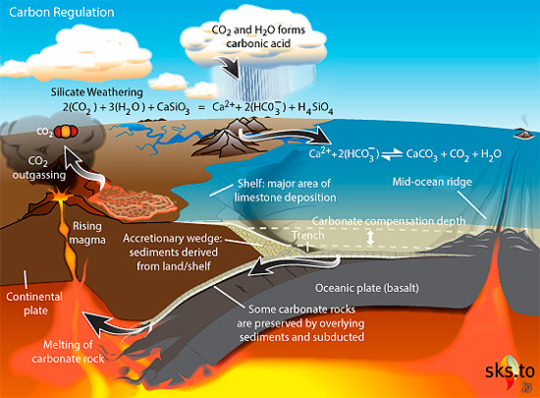
it's kind of a complicated concept, but it boils down to the fact that Earth's own geological forces are keeping its temperature in check: volcanic activity belches carbon dioxide into the atmosphere, which joins with clouds to form slightly acidic rain. this rain then falls on exposed rock, which causes silicates to dissolve out of those rocks and wash into the water cycle, ending up in the ocean. once in the ocean, the silicates absorb huge amounts of carbon and carbon dioxide, and sink to the ocean floor to eventually form limestone. this removes that carbon from the atmosphere, keeping the system in balance!
if the Earth's temperature drops, like during an ice age, there will be less precipitation so carbon dioxide won't readily dissolve into rain to form acidic rain that dissolves silicates, so there will be LESS silicates in the ocean to absorb carbon dioxide to form limestone! and having MORE carbon dioxide around because it's not being absorbed causes the Earth to warm slightly, until it's back in the temperature range where acidic rain will form again.
and if Earth's temperature rises, like is happening now, there will be a LOT MORE precipitation, and both more rain and more acidic rain, so vastly higher amounts of silicates will be weathered out of the rocks than normal! this huge flood of silicates will reach the sea and absorb EVEN MORE carbon dioxide from the water and air, removing it from the cycle and locking it at the bottom of the sea! this will gradually swing the global warming effect the other way and cause Earth to cool back to normal temperatures, once extra carbon dioxide stops being added to the system.
so basically this means that there IS an existing failsafe system, it just takes it a couple million years to do its job and drag Earth back into the climate sweet spot it prefers. things will eventually return to normal, with or without us :)
2K notes
·
View notes
Photo
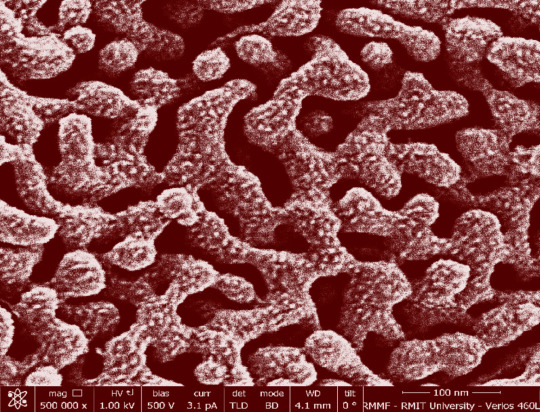
Novel Copper Surface Shows Exceptional Bactericidal Efficacy
http://www.sci-news.com/medicine/bactericidal-copper-surface-10363.html
35 notes
·
View notes
Photo
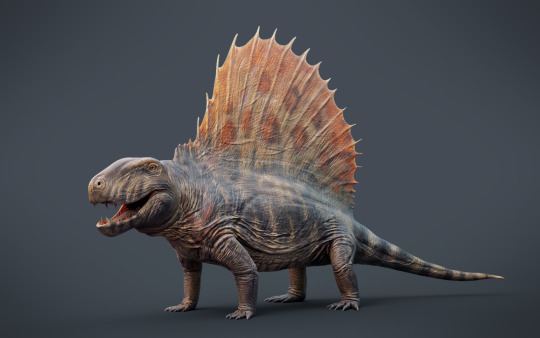
Study Sheds New Light on Origin of Whole-Body Endothermy
http://www.sci-news.com/paleontology/whole-body-endothermy-origin-10364.html
90 notes
·
View notes
Video
Effective and elegant—new research reveals the swimming mechanics of gossamer worms.
Unlike its bottom-dwelling kin, the gossamer worm (Tomopteris sp.) lives in constant motion. This graceful swimmer “dances” through the midwater with the rhythmic paddling of its swimming legs. A new study published in Integrative and Comparative Biology this summer from MBARI researchers Joost Daniels and Kakani Katija, with collaborators Karen Osborn and her team @smithsonian, has revealed the swimming behavior of gossamer worms in fine detail.
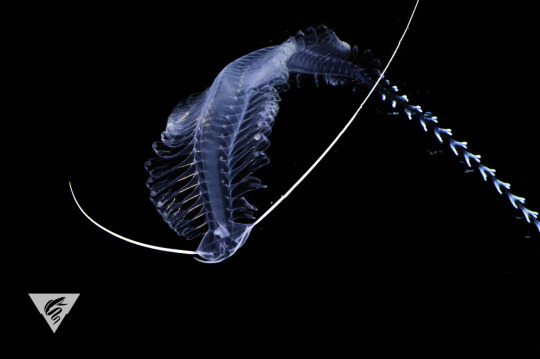
A flexible body plan allows Tomopteris to combine multiple modes of propulsion to achieve effective—and elegant—swimming. This makes the gossamer worm’s anatomy and swimming mechanics interesting for engineers. In the future, this worm could inspire new designs for everything from underwater propulsion to medical technology. Learn more about this incredible intersection of engineering and biology on our website.

5K notes
·
View notes
Text
Cuttlefish Pass Marshmallow Test
by Tim Pearce
The club for species that can pass the marshmallow test has recently gotten a new member: the cuttlefish. Cuttlefish are the first invertebrate known to show self-control.
The marshmallow test examines whether an individual has sufficient self-control to use delayed gratification. In the original marshmallow test, a child could have one marshmallow immediately, or if they were able to wait 15 minutes, they received two marshmallows. Some of the 3- to 5-year-old children waited and got the double treat, indicating that they could delay gratification for a larger reward. Other species such as chimpanzees, crows, parrots, and dogs have passed modified versions of the marshmallow test
We humans think we are special. We form clubs in which we initially believe we are the only member, but then other species creep into those clubs. In times past, humans thought they were the only members of the language club and the tool use club, but now we know many other species are in those clubs.

Cuttlefish. Image by David Sim, from Wikimedia Commons under the Creative Commons Attribution 2.0 Generic license.
To examine whether cuttlefish could delay gratification for a better reward, researchers (Schnell et al. 2021) offered them an Asian shore crab (a less preferred food) immediately, or a grass shrimp (a more preferred food) if they were able to wait. The food was offered in two chambers with sliding doors. Before the test, cuttlefish were trained to recognize symbols on the doors that indicated if it would open immediately (a circle) or with a delay (a triangle). Most of the cuttlefish waited 50 to 130 seconds to get the more desirable grass shrimp, comparable to time delays shown by chimpanzees and crows.
Some cuttlefish appeared to move their bodies away from the immediate, less preferred reward. Similar behaviors are seen in humans and other animals (e.g., parrots close their eyes, dogs turn away) as they try to resist temptation while waiting for the better reward.
Furthermore, those cuttlefish that waited longest for their favorite foods also performed best during learning tests. Cuttlefish have good memories and can learn from past experiences.
The standard explanation for ability to use delayed gratification, is that it helps animals with long, social lives. This reasoning doesn’t apply to cuttlefish. They live just two years and are not social, so the benefits of delayed gratification to cuttlefish are less obvious. One possibility is that the evolution of self-control in cuttlefish is related to predator avoidance and camouflage; those that can stay camouflaged longer might avoid detection by predators.
Relevant joke:
What is the most affectionate fish in the ocean?
The cuttlefish!
Tim Pearce is the head of the mollusks section at Carnegie Museum of Natural History. Museum employees are encouraged to blog about their unique experiences and knowledge gained from working at the museum.
Reference
Schnell, A.K., Boeckle, M., Rivera, M., Clayton, N.S. & Hanlon, R.T. 2021. Cuttlefish exert self-control in a delay of gratification task. Proceedings of the Royal Society B, Biological Sciences, 288 (1946): 20203161 doi.org/10.1098/rspb.2020.3161.
160 notes
·
View notes
Text
cooper’s hawks manage to look so miserable no matter what is happening and i love it


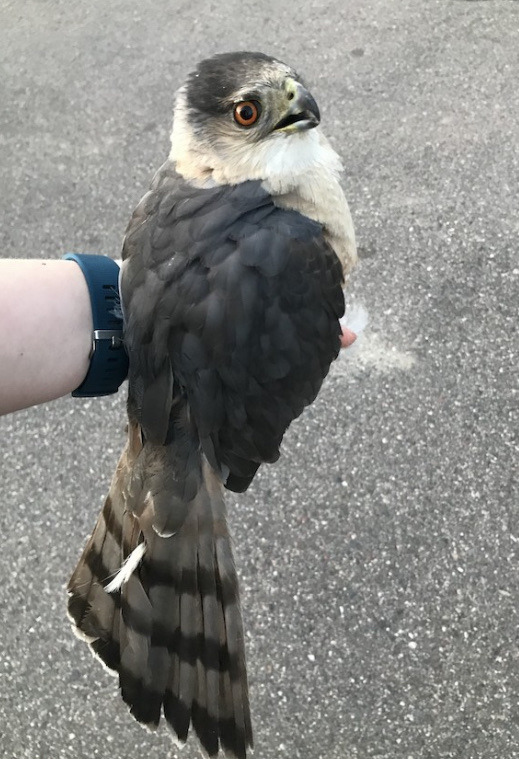

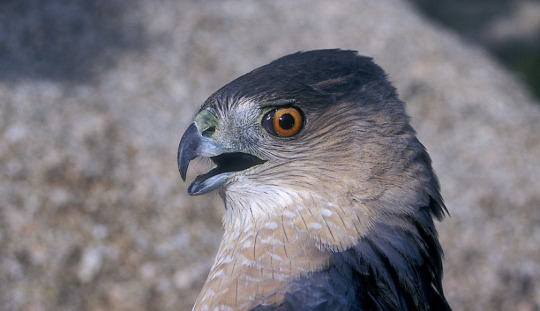
x
6K notes
·
View notes
Photo

Photo by Mickey Charteris | Info
Elysia pratensis is a species of sea slug found in the tropical west Atlantic. It is a relatively elongated species of Elysia ranging in color from green to a yellowish green with a pattern of pale longitudinal lines.
Elysia is a genus of sea slugs, marine gastropod mollusks in the family Plakobranchidae. These animals are colorful sea slugs, and they can superficially resemble nudibranchs, but are not very closely related to them. Rather, they are sacoglossans, commonly known as sap-sucking slugs.
103 notes
·
View notes
Text





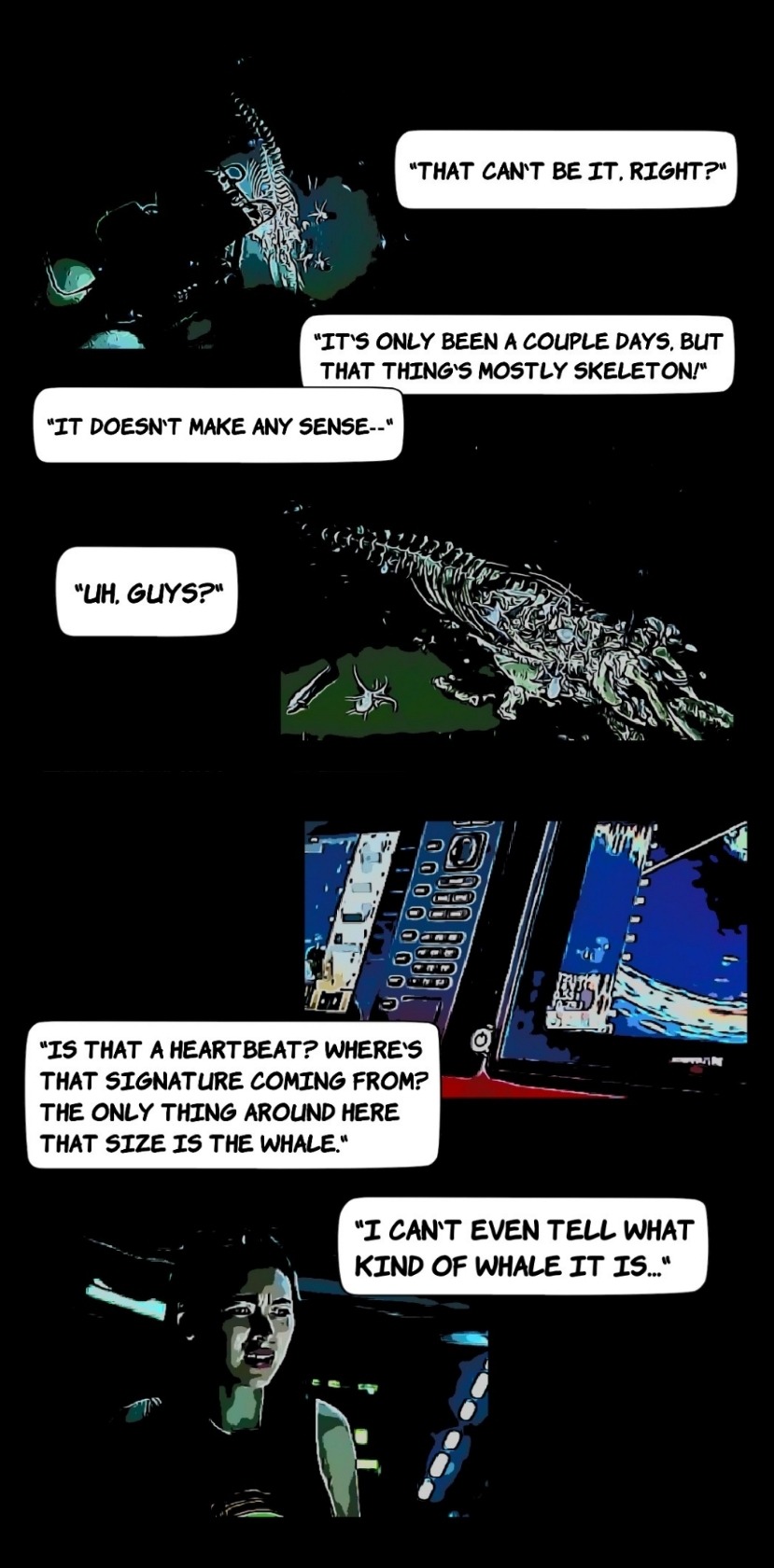


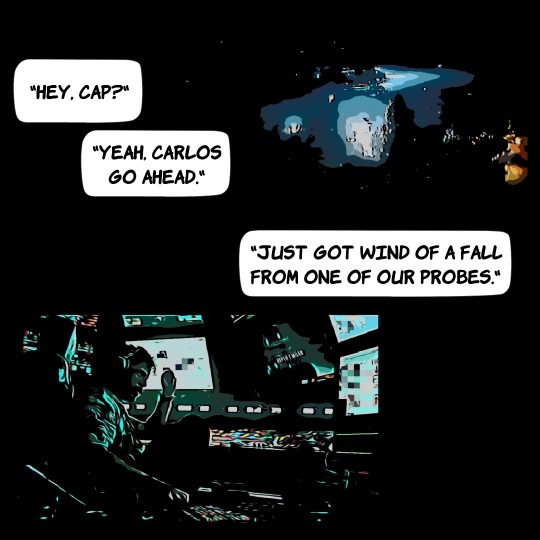

Whalefall, or What If The Ocean Was Haunted?
26K notes
·
View notes
Text
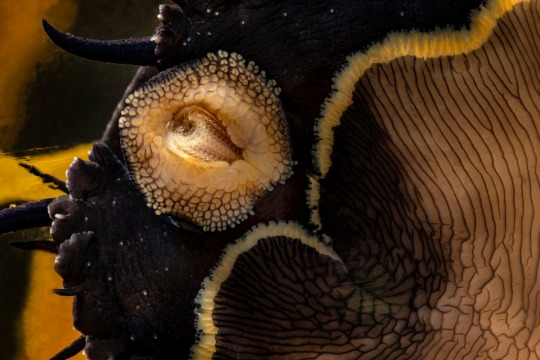
Live look at a red abalone just scraping by
Hold on tight there little buddy! You’re looking at the foot-side of a red abalone—the largest marine snail on the West Coast! To the right is the wavy-lined foot of the abalone, and to the left is the abalone’s mouth showing off its serrated, rasping tongue known as a radula that it uses to lick and lap at various algae. (The rest of the dark stuff around the mouth area is the tentacled mantle that houses the abalone’s organs and secretes their glorious nacred shells, for the people working out their abalone knowledge into a six-pack.)
416 notes
·
View notes

